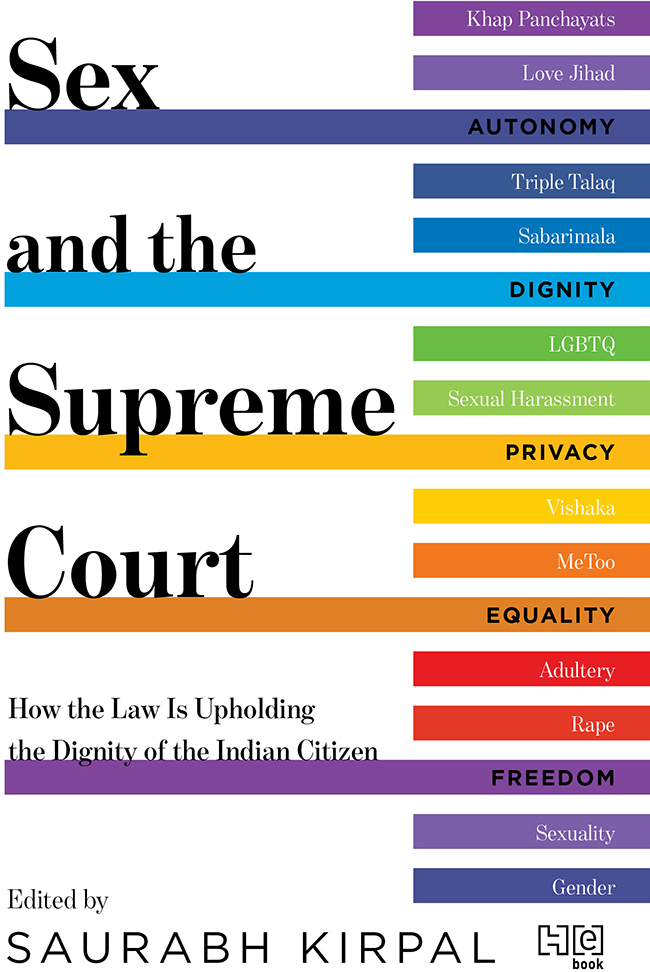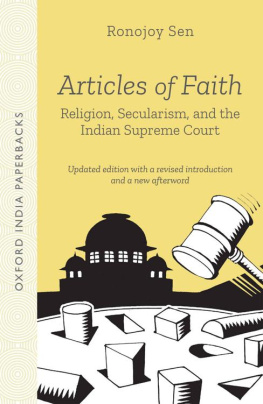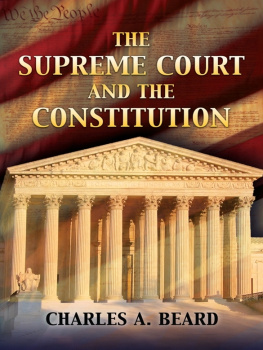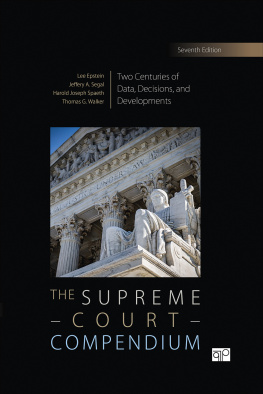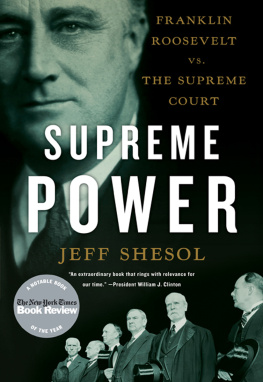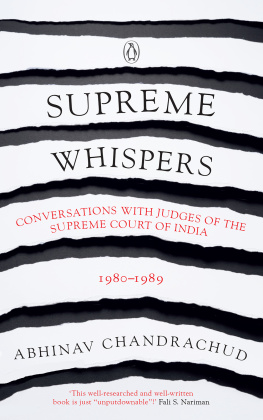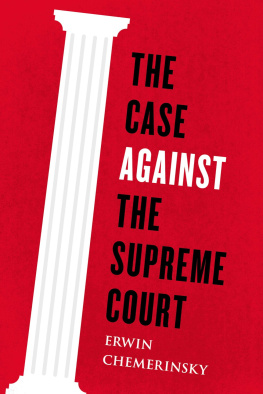First published in 2020 by Hachette India
(Registered name: Hachette Book Publishing India Pvt. Ltd)
An Hachette UK company
www.hachetteindia.com
This ebook published in 2020
Anthology copyright 2020 Hachette India
The copyright for each individual essay vests with the author
Saurabh Kirpal asserts the moral right to be identified as the editor of this work.
All rights reserved. No part of the publication may be copied, reproduced, downloaded, stored in a retrieval system, or transmitted in any form or by any means without the prior written permission of the publisher, nor be otherwise circulated in any form of binding or cover or digital format other than that in which it is published and without a similar condition being imposed on the subsequent purchaser.
The views and opinions expressed in this book are the authors own, and the facts are as reported by her and have been verified to the extent possible. The publishers are not in any way liable for the same.
Hardback edition ISBN 978-93-89253-00-9
Ebook edition ISBN 978-93-89253-01-6
Cover design by Semy Haitenlo
Typeset in Berling LT Std 10/13.5
by Jojy Philip, New Delhi 15
Hachette Book Publishing India Pvt. Ltd
4th/5th Floors, Corporate Centre,
Plot No. 94, Sector 44, Gurgaon 122003, India
The law is ubiquitous. Yet, most of us go about our daily lives not realizing the full import of the law. From the contracts we enter into when we purchase groceries, to the traffic rules we obey when we drive to work, every aspect of our lives is touched by the law. Given the important role that law plays in our lives, we are curiously oblivious to its functioning. It is something as real as breathing and yet equally far from our conscious minds.
The attempt of this book is to explain and examine the impact that the law has had on different aspects of sex, sexuality and gender. The agency through which this impact has been felt most clearly is the Supreme Court. This book explores the relationship between the law, that is, the Constitution, the rights of an individual, and how these rights are enforced by the Supreme Court.
An examination of the nature of the Indian Constitution, and the rights and principles contained therein, reveals that the Court has to perform a delicate balancing act between social practices and personal rights. The Supreme Court has been performing this task since its inception nearly 70 years ago. However, it is only in the relatively recent past that it has woken up to the enormous task ahead of it in relation to issues of sex, sexuality and gender.
The judgements, starting from the Vishaka judgement, have one thing in common: They place the individual at the centre of the constitutional firmament. In the tug of war between the demands of the traditional conception of society and the rights of an individual to their identity and dignity, the Supreme Court has come down firmly in favour of the individual.
It is a matter of some debate whether these judgements have had the desired impact on the systemic inequalities faced by women and sexual minorities. There is also the vexed question of the legitimacy of the Court in making these decisions, which some believe should be in the domain of Parliament. These aspects will be examined in this essay, as well as in other essays in this anthology. However, given the current moral authority enjoyed by the Court, there is no doubt that the judgements handed down by it shape public discourse and play an important role in transforming society.
THE LAW AND SOCIAL CHANGE
Perhaps one of the most fundamental ways in which the law shapes us is in how we identify ourselves. Wife, mother, employer, lovereach of these roles is not merely a societal construct but a societal construct backed by a complex set of legal rules. A whole ecosystem of laws and regulations governs the interactions we have in such positions, with each other and, inevitably, with ourselves.
Our very sense of identity is shaped by the law. For instance, to be a Hindu wife before 1956 meant that the husband could have other wives as well, and children from those wives.
These laws not only determined the legal status of a woman but inevitably devalued her self-worth. When people all around you tell you that you are less than equal, coupled with the sanction of the law, it is certain that a large number of women will start internalizing and believing that. Men will, with no apparent sense of irony about the gendered laws drafted by them, rely on those very laws to seek to establish the second class status of women. To change the position of women as well as sexual and other minorities, it is necessary to change these laws.
The law, of course, is not static. Usually, the law reflects and encapsulates the social and moral values of a society. It is precisely for this reason that the law is an extremely important tool for social change. Law and society have a symbiotic relationship. The law is shaped by society and in turn shapes it. When a society is hidebound by tradition and social stasis, any reform has to come through the agency of the law.
The problem with changing the law is that the law is framed by the very people who represent society. The representatives of the people in Parliament are unlikely to think beyond that which is desired by the vocal majority (or sometimes even a socially powerful vocal minority). Even though women can hardly be called a minority, given the systemic suppression of their socio-political rights, they have virtually ceded political power to the largely male members of Parliament.
How will the law then, as an engine for social change, deliver? In the Indian context, at least in the recent past, the answer has almost always been the Supreme Court. As the essays in this book will examine, the Supreme Court has entered the field in a multitude of areas relating to sex, gender and sexuality. All these interventions have the backing of what is possibly the soul of the Constitution the fundamental rights.
Part III of the Constitution contains the fundamental rights of every citizen. These rights are the legal armoury deployed by the courts in the judgements delivered by them. In our system of law, as in most systems governed by a written constitution, there is a chapter that contains the fundamental rights possessed by a citizen. But it is important to remember that this need not necessarily be the case. Britain, the country from which our Constitution derived the greatest inspiration, does not have such a set of rights.
The chapter on Fundamental Rights in the Constitution was shaped by the experiences of the freedom struggle. All the members of the Constituent Assembly as well as the Drafting Committee had been connected in some way to the freedom struggle. They had lived life under a set of rules where no right was guaranteed, and every person was at the mercy of the British. The framers of the Constitution did not wish to replace the dictatorship of the sovereign with the dictatorship of the majority. So, an elaborate set of rights was framed. These rights were deemed fundamental in nature inasmuch as they stem from the basic aspects of life, which an individual needs to maintain for a dignified and meaningful existence.

